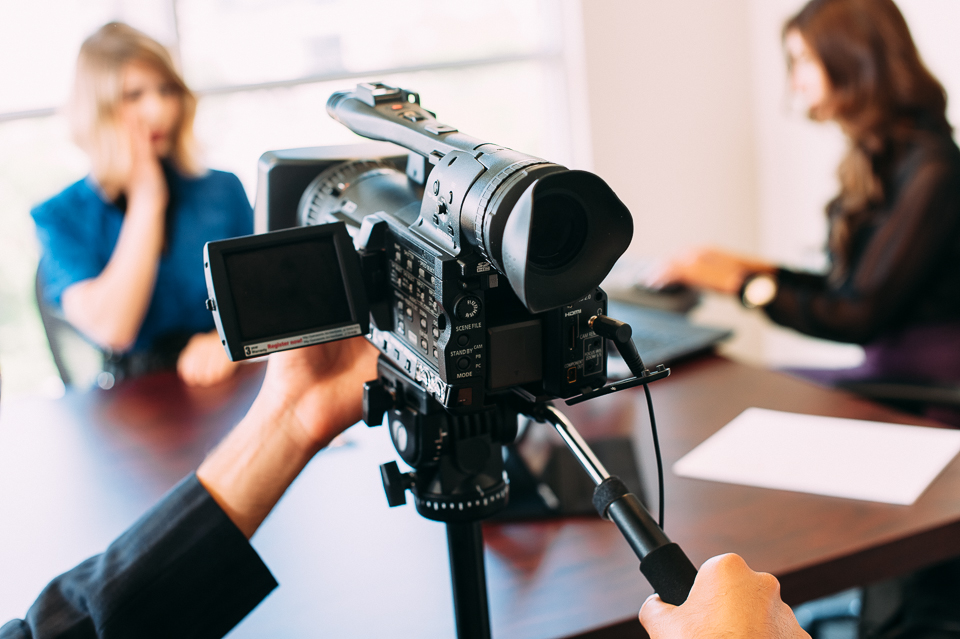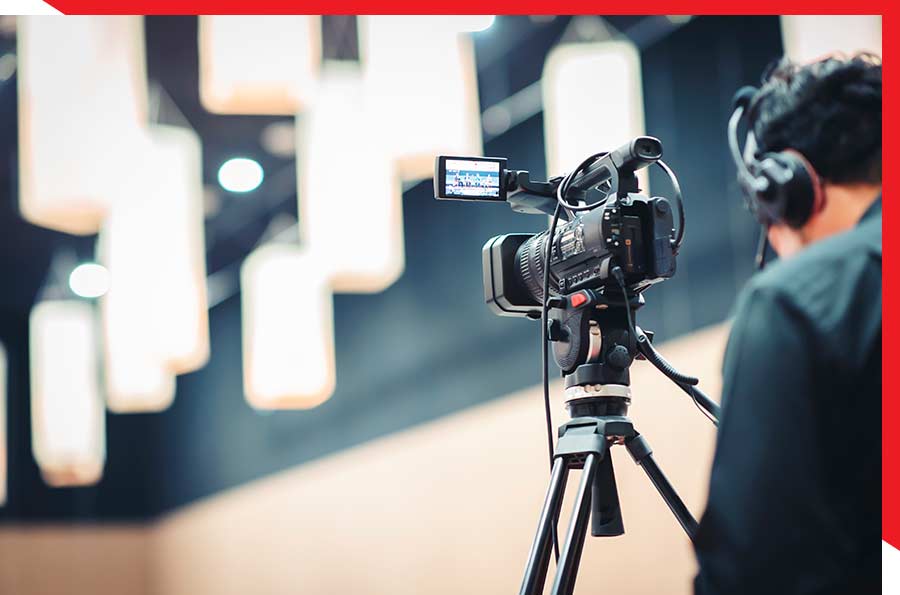Why Legal Videography is Essential for Accurate Legal Documentation
Why Legal Videography is Essential for Accurate Legal Documentation
Blog Article
Delving Into the Devices of Lawful Videography: Unveiling Its Operation in Safeguarding Genuine Visual Testament for Judicial Proceedings
In the world of judicial procedures, the role of lawful videography stands as a keystone in preserving and offering aesthetic evidence. As innovation proceeds to development, the systems behind legal videography have actually come to be increasingly detailed, providing a vital layer of authenticity to testaments caught on video.
Historical Development of Lawful Videography
Analyzing the historic development of legal videography reveals a considerable change in the catching and presentation of aesthetic evidence within the lawful landscape. In the past, legal procedures heavily counted on written records and photos to record events and give evidence. With the advent of video modern technology, the legal industry witnessed a paradigm shift in just how aesthetic testimony was recorded and provided.
The development of lawful videography can be mapped back to the late 20th century when advancements in video clip recording devices made it much more available for use in courtrooms. This technical development not only improved the accuracy and dependability of visual proof but likewise reinvented the method situations existed to courts and judges (Legal Videography). Attorneys started to identify the convincing power of video recordings in sharing emotions, nuances, and non-verbal cues that composed transcripts or photos alone might not capture properly

Innovation Improvements in Video Clip Documents
What key technological developments have revolutionized video documents in the legal field? The legal area has actually seen significant developments in video documentation modern technology that have actually enhanced the credibility and integrity of visual proof in judicial procedures. One of the essential advancements is high-definition (HD) video clip recording abilities, which supply crystal-clear photos and sharp information that are critical for precisely recording testaments, facial expressions, and various other visual cues. Furthermore, the combination of timestamping and metadata attributes in video clip documents devices has allowed specific documentation of when and where the video clip was taped, guaranteeing the integrity of the proof offered in court.
Additionally, advancements in video encryption and watermarking technologies have actually reinforced the protection and tamper-proof nature of video evidence, protecting it versus unapproved changes or tampering. The arrival of cloud storage space remedies and remote gain access to abilities has structured the storage, retrieval, and sharing of video clip evidence, facilitating seamless cooperation amongst legal professionals and guaranteeing efficient access to critical visual testimonies when needed. These technological innovations in video clip paperwork have undoubtedly revolutionized the lawful field, improving the precision, trustworthiness, and admissibility of aesthetic evidence in judicial process.
Role of Lawful Videographers in Court Setups
The advancement of video documentation technology in the legal area has demanded a vital role for lawful videographers in courtroom settings, making certain the honesty and integrity of visual testaments provided throughout judicial proceedings. Lawful videographers play a fundamental function in catching and protecting exact visual proof that can be critical in court cases. Their duty prolongs to establishing devices, videotaping proceedings, and creating high-quality video clips that properly mirror the events in the court.
In court setups, legal videographers must abide by rigorous standards and requirements to maintain the authenticity of the visual record. They must have an eager eye for information and a complete understanding of lawful treatments to make certain that the video they catch is a real representation of the events that transpired. In addition, lawful videographers frequently function very closely with lawful teams to guarantee that the video clip proof straightens with the situation's demands and can be effectively offered in court to sustain the lawful disagreements being made. Overall, the function of legal videographers in courtroom setups is crucial in promoting the principles of justice and making certain the transparency of legal process.

Ensuring Admissibility and Stability of Video Evidence
To preserve the trustworthiness of visual evidence provided in lawful procedures, making certain the admissibility and stability of video evidence is a critical responsibility for legal videographers. Admissibility refers to the approval of evidence by the court, and for video clip evidence to be acceptable, it should meet specific requirements. Legal videographers play a critical function in guaranteeing that the video clips they record abide by the rules of proof, such as integrity, authenticity, and significance.
Integrity of video clip evidence involves preserving the originality and accuracy of the video footage from the moment it is taped up until it is presented in court. This includes securely storing the video clip files, documenting the chain of safekeeping, and preventing any tampering review or modifications. Lawful videographers should stick to rigorous methods to guarantee the integrity of the video proof and avoid any type of difficulties to its credibility.
Future Trends in Legal Videography
Provided the this boosting reliance on technology in lawful procedures, lawful videographers are poised to embrace cutting-edge innovations shaping the future of visual testimony capture and discussion. One of the prominent fads imminent is the combination of digital reality (VR) and augmented fact (AR) modern technologies into legal videography. These modern technologies have the potential to change exactly how visual proof exists in courtrooms, enabling discretionary visit homepage to immerse themselves in the scene of the crime or event.
Moreover, using artificial knowledge (AI) formulas for video clip evaluation is expected to improve the process of reviewing and analyzing huge quantities of video footage. AI can assist in recognizing crucial minutes, abnormalities, and patterns within videos, enhancing the efficiency of legal examinations.

Conclusion
To conclude, lawful videography has played an essential duty in giving genuine visual proof for judicial proceedings. Via technical innovations and the experience of legal videographers, the honesty and admissibility of video clip proof are ensured in court settings. As lawful videography proceeds to advance, it will certainly be essential to maintain standards that keep the precision and reliability of visual testament for the future of legal procedures.
Analyzing the historical progression of legal videography reveals a considerable transformation in the catching and presentation of visual proof within the lawful landscape.The advancement of video documents innovation in the legal field has required a vital role for lawful videographers in court settings, ensuring the honesty and dependability of aesthetic statements presented during judicial proceedings. Furthermore, legal videographers typically work closely with legal groups to make sure that the video proof lines up with the instance's demands and can be efficiently offered in court to support the legal arguments being made.To maintain the integrity of visual proof provided in legal proceedings, making certain the admissibility and honesty of video clip evidence is a vital duty for lawful videographers. As lawful videography proceeds to progress, it will certainly be essential to maintain criteria that keep the accuracy and reliability of visual testimony for the future of legal proceedings.
Report this page